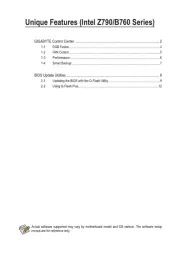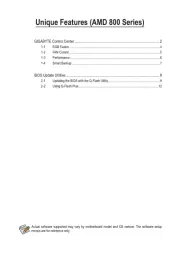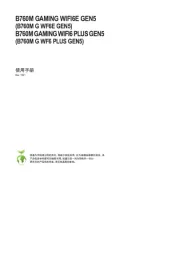Asrock E350M1 Manual
Læs gratis den danske manual til Asrock E350M1 (46 sider) i kategorien Bundkort. Denne vejledning er vurderet som hjælpsom af 13 personer og har en gennemsnitlig bedømmelse på 4.3 stjerner ud af 7 anmeldelser.
Har du et spørgsmål om Asrock E350M1, eller vil du spørge andre brugere om produktet?

Produkt Specifikationer
| Mærke: | Asrock |
| Kategori: | Bundkort |
| Model: | E350M1 |
Har du brug for hjælp?
Hvis du har brug for hjælp til Asrock E350M1 stil et spørgsmål nedenfor, og andre brugere vil svare dig
Bundkort Asrock Manualer
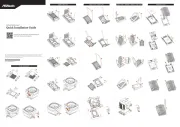


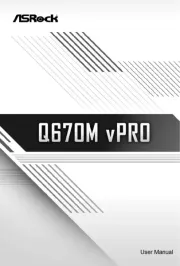
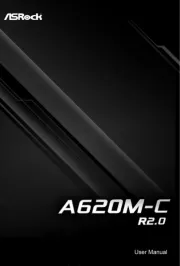
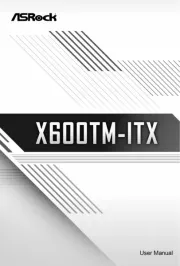
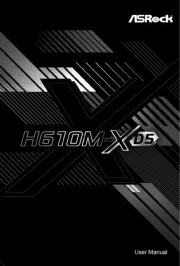
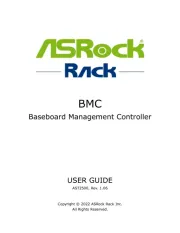

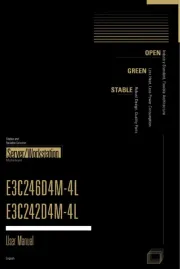
Bundkort Manualer
- Evga
- Gigabyte
- Advantech
- EPoX
- Foxconn
- Raspberry Pi
- Elitegroup
- Festo
- MSI
- Supermicro
- NZXT
- Sharkoon
- Sapphire
- AOpen
- ECS
Nyeste Bundkort Manualer


